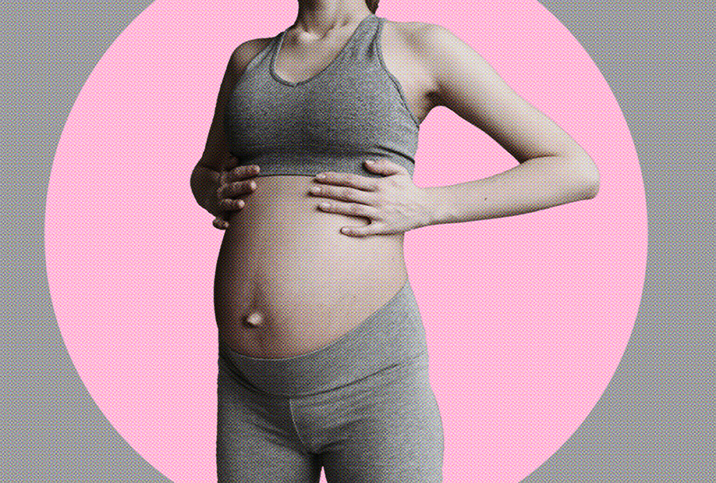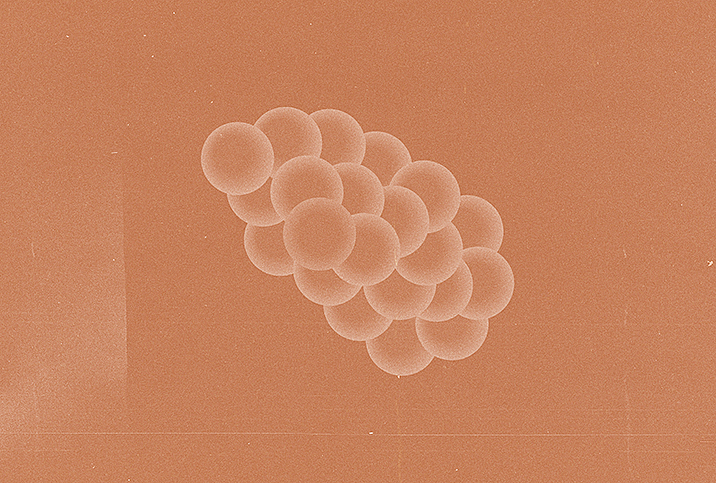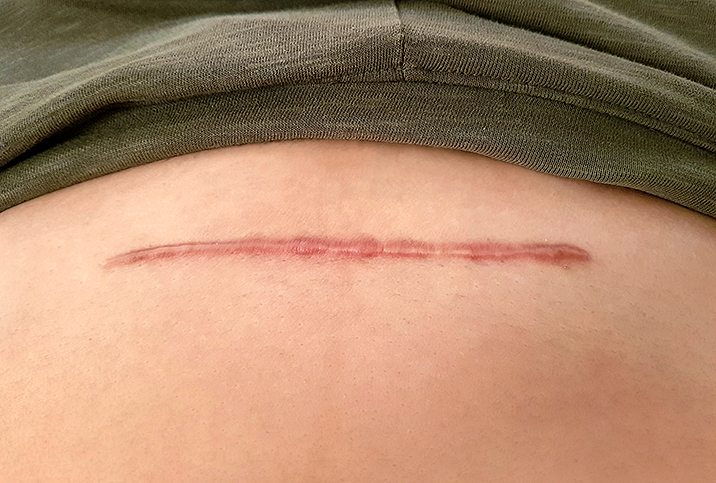The Impact of Uterine Fibroids During Pregnancy

Uterine fibroids are benign tumors that grow in the uterus and most often appear during childbearing years. Fibroids can be a single growth or multiples, and they affect an estimated 70 to 80 percent of women by age 50. Most uterine fibroids are detected by a pelvic exam or ultrasound.
Though fibroids aren't known to interfere with ovulation, depending on the size and location, it's possible for fibroids to cause infertility or pregnancy loss.
For women who are interested in growing their family, this information can be overwhelming. However, knowledge is empowering and we're here to help you feel prepared should you receive a fibroid diagnosis prior to or during a pregnancy.
Types of fibroids
There are three main types of uterine fibroids, and their severity and symptoms can vary based on their size and location.
Submucosal fibroids are located on the inner lining of the uterus, where a baby grows during pregnancy. They are the least common type, but can interfere with pregnancy. As the fibroids grow, they can block the fallopian tubes and prevent sperm from traveling to the uterus. The disruption of implantation can lead to fertility issues.
During a pregnancy, if the fibroids grow large enough, they can obstruct the space the fetus needs. This situation can result in miscarriage or potential birth deformities.
Symptoms for submucosal fibroids include heavy bleeding, lower back and pelvic pain, anemia, frequent passing of clots, fatigue and dizziness.
Intramural fibroids grow in the muscle wall of the uterus and are commonly found growing in groups or clusters.
If left untreated, intramural fibroids can grow large enough to have a negative impact on the bladder and bowels, due to additional pressure from the tumors. They can even cause a protruding abdomen.
Due to their potential size, intramural fibroids can interfere with a healthy pregnancy and should be addressed by a doctor immediately upon diagnosis.
Subserosal fibroids are the most common type of fibroid (55 percent) and connect to the outer wall of the uterus. Because of their location, they have less impact on fertility and pregnancy, and more of an effect on neighboring organs, such as the bladder.
Common symptoms of subserosal fibroids are frequent urination, abdominal pain and a feeling of heaviness or fullness.
Fibroid symptoms during pregnancy
Fibroids are found in 2 to 12 percent of pregnant women. Some women experience mild symptoms or no symptoms at all, and aren't aware they have fibroids. For pregnant women, fibroids can be detected during a routine ultrasound or pelvic exam by an OB-GYN.
Let's look at how fibroids can affect each trimester of pregnancy.
First trimester symptoms
Most fibroids don't grow during pregnancy. However, if it does occur, it will likely happen in the first trimester, when estrogen production is rapidly increasing. Symptoms of fibroids in the first trimester include:
- Pain: A common symptom of uterine fibroids is pain in the pelvis, abdomen, lower back, hip or leg.
- Vaginal bleeding: While spotting in the first trimester is common, bleeding can also be a warning sign of fibroids during pregnancy. If you experience any bleeding, contact your doctor immediately.
- Early miscarriage: Depending on their size and location, fibroids can threaten a pregnancy early on. Miscarriage rates in the first 12 weeks nearly double in women with fibroids, from 7.6 percent for women without fibroids to 14 percent for women with fibroids.
Second and third trimester symptoms
Fibroid growth in the second and third trimesters is rare.
Women may still experience some of the same pain as in the first trimester, particularly if any fibroids are more than 5 centimeters in size. Other potential issues may include placental abruption, preterm labor and fetal growth restriction. It's important to talk to your doctor about monitoring fibroid growth throughout the pregnancy to prevent further complications.
Treating fibroid pain during pregnancy
Treatment plans during pregnancy are limited, because most medications and surgeries are not recommended for pregnant patients. What treatment is best for you will depend on future pregnancy plans and other health risks and factors.
There are a few at-home natural remedies worth trying during pregnancy to alleviate the discomfort and pain you may experience, including:
- Warm baths
- Daily walks and light exercise
- A healthy diet and plenty of water
- Blood pressure management
- Stress reduction
Before or after pregnancy, there are several options for treatment, including those that leave the uterus intact for future pregnancies. It's important to have an open discussion with your doctor about pain management options, future pregnancy plans and what is best for you and your baby.
Pay attention to your body and any symptoms you may be experiencing before and during pregnancy, and never hesitate to consult your doctor if you think you might have uterine fibroids.


















